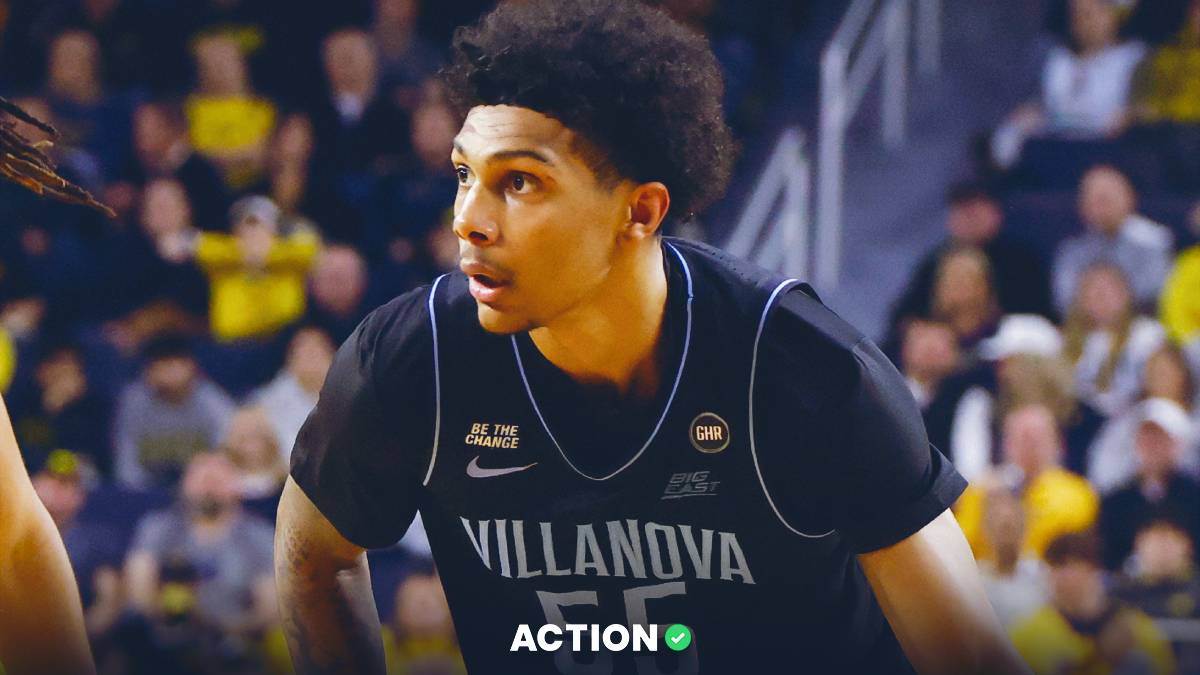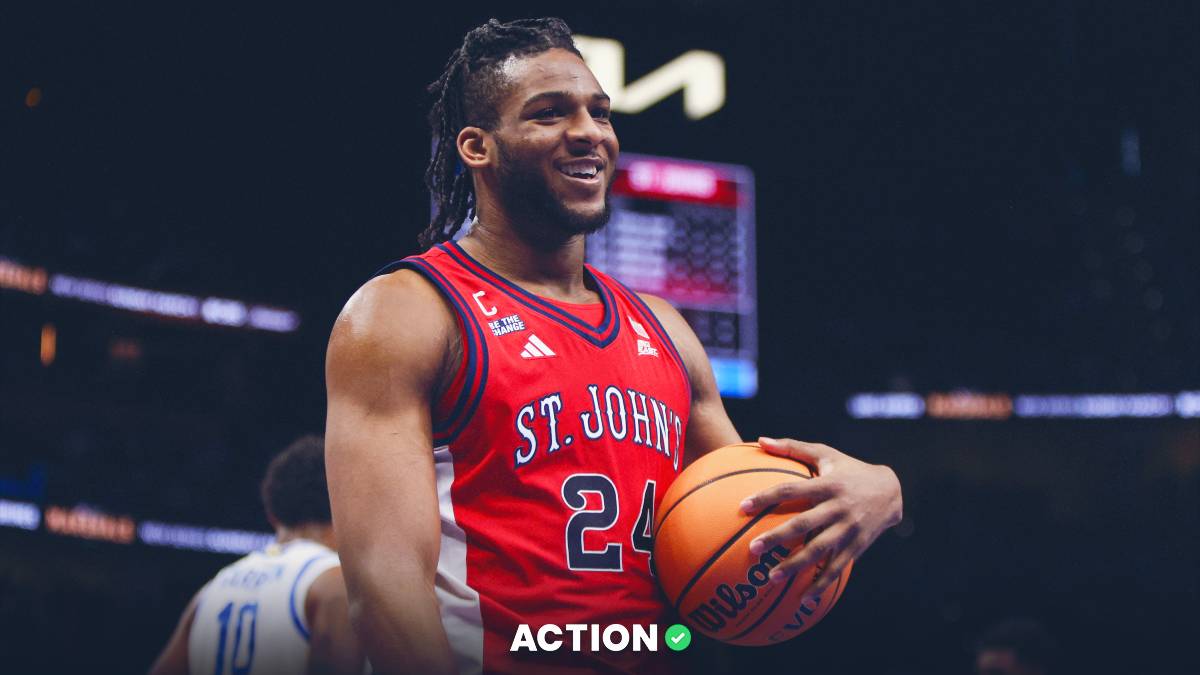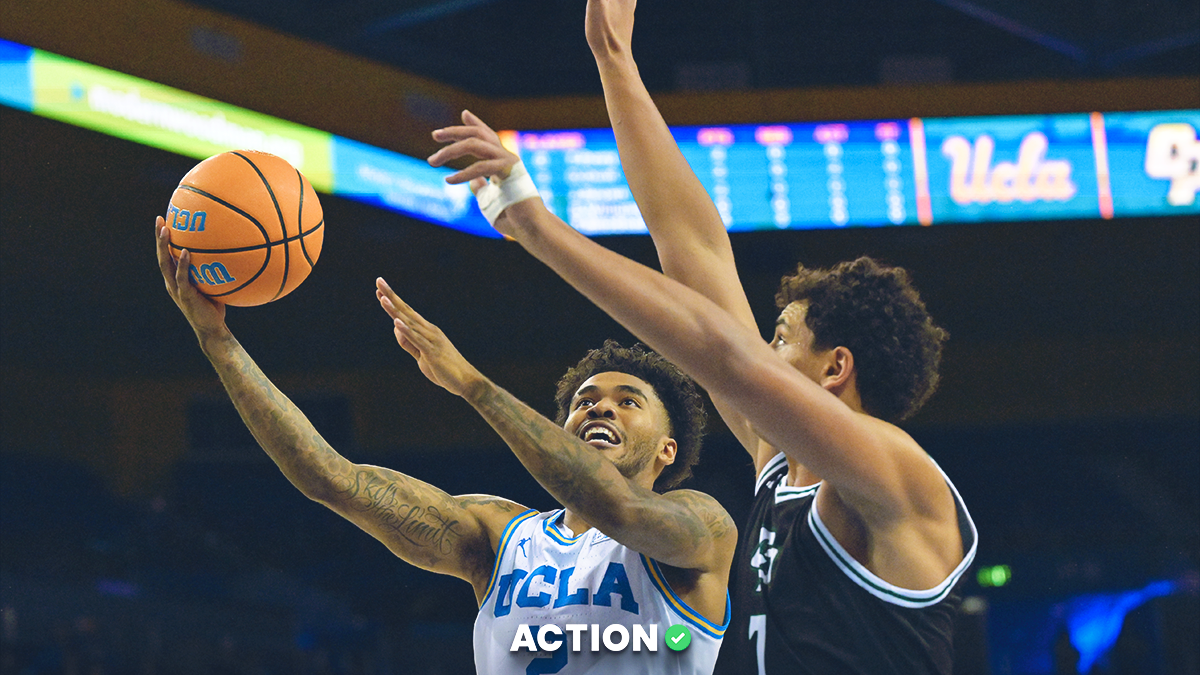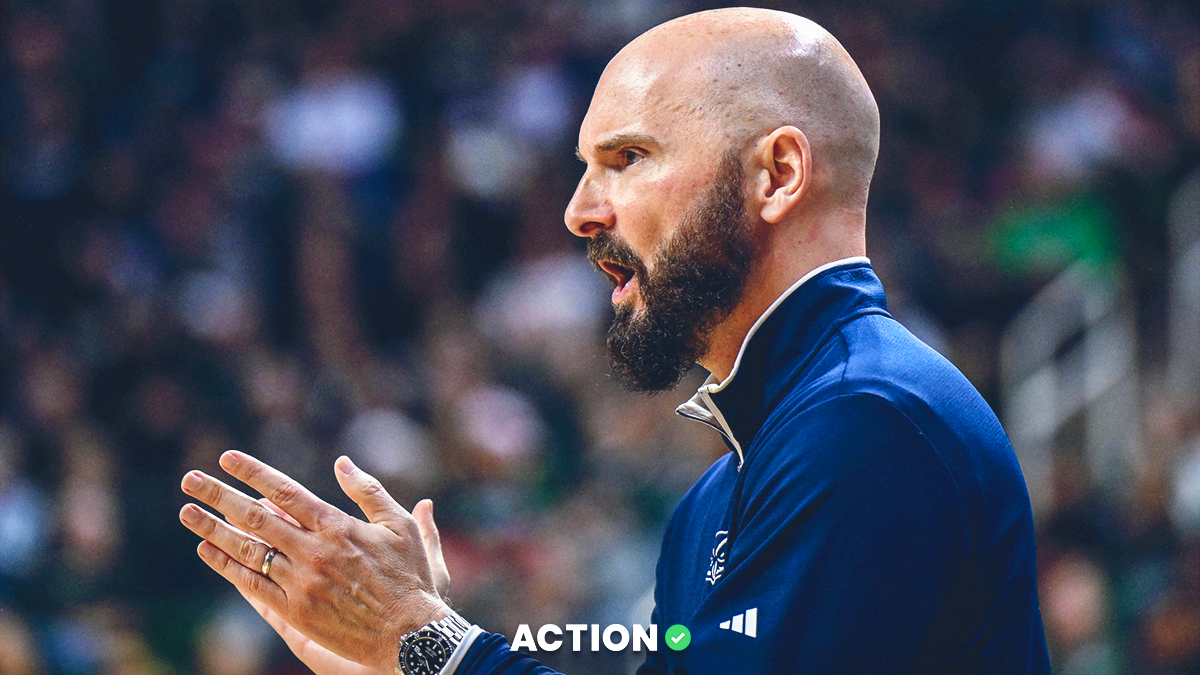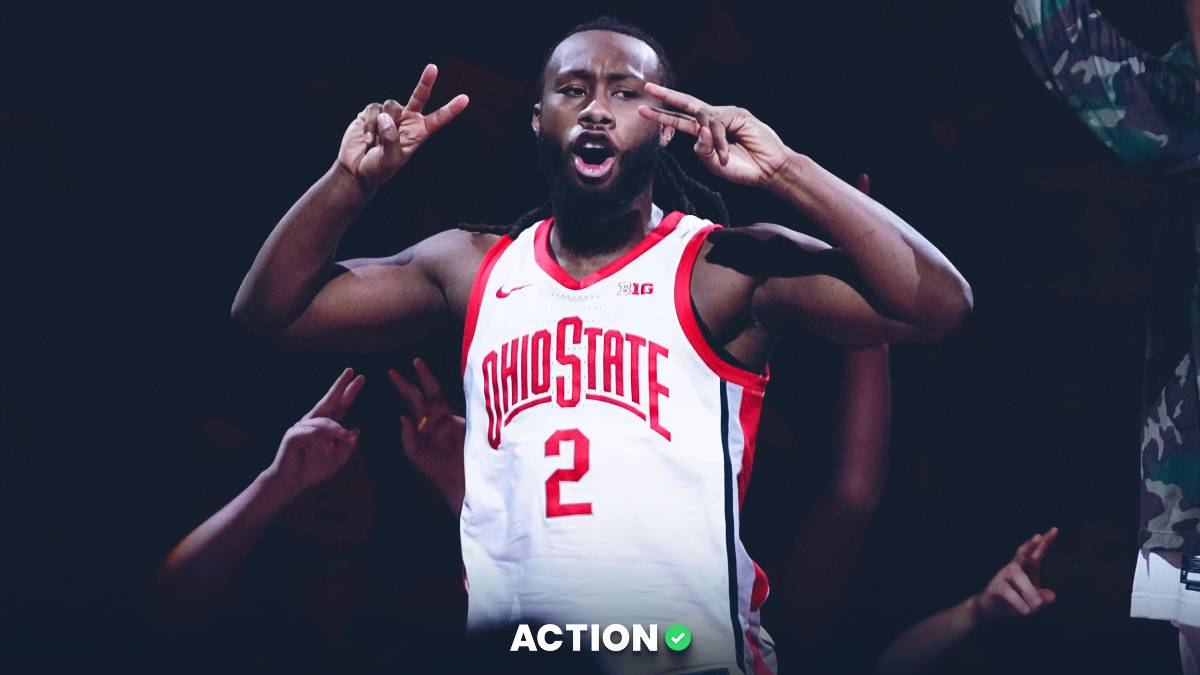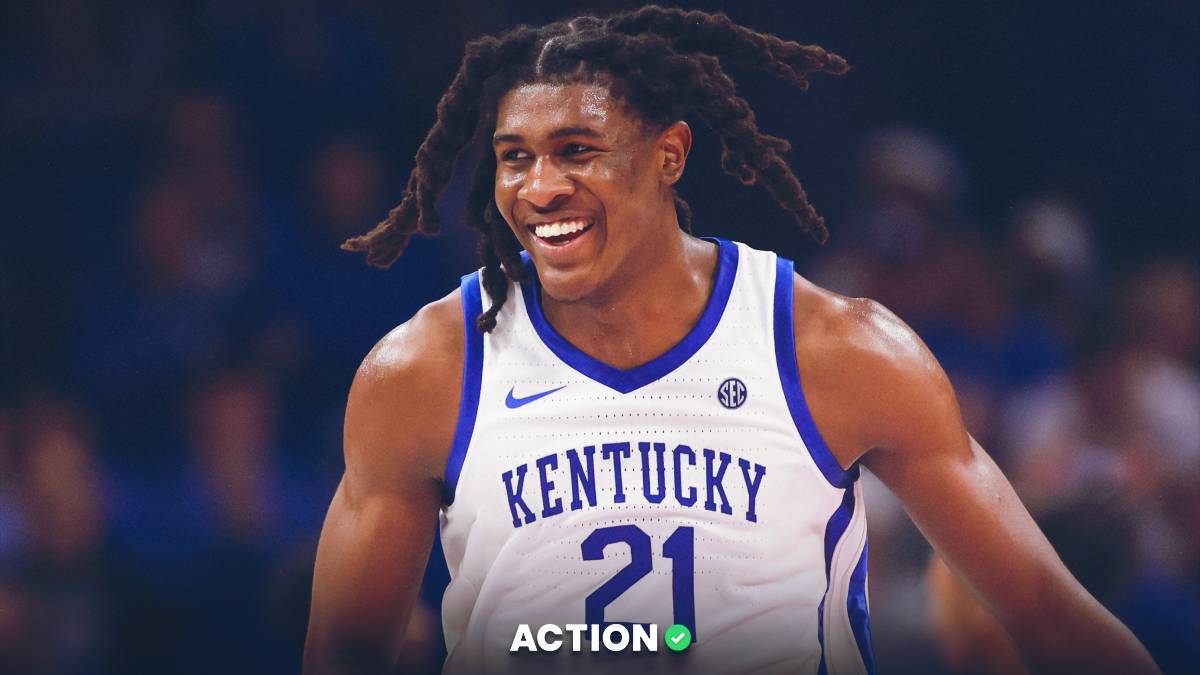About a month ago, I started the process of trying to sniff out teams capable of making a run in March. Since then, both Anthony Dabbundo and Kyle Remillard have taken similar stabs at the process.
Special shout to Anthony — he and I both picked out Auburn as a terrific value. Lo and behold, the Tigers are now No. 1 in the AP Poll and +270/+280 (FanDuel/DraftKings) to reach New Orleans.
As a reminder: I am trying to use a statistical focus to narrow the candidates. Previously, my editor Ryan Collinsworth had established adjusted efficiency barometers of 114.0 (offense) and 96.2 (defense).
As of my last writing before the turn of the new year, only 12 teams cleared that high offensive bar. Today, 24 teams are above that mark. Conversely, in December, 80 teams satisfied the defensive tenet, compared to just 51 now.
This is all part of a sport-wide trend we typically see as conference play progresses. Pace slows and efficiency rises, meaning the spectrum of teams inside these parameters shift. To underscore this: KenPom’s average efficiency to start 2022 was 101.0; today, it sits 103.0.
A rising tide has lifted more teams into the proper range. As mentioned, 24 teams are above 114.0 offensively, while 53 are sub-96.2. But how many satisfy both criteria?
For now, only 11 teams fit that bill. Not many surprises here: Gonzaga, Arizona, Baylor, Houston, Auburn, Villanova, Kentucky, Kansas, Duke, UCLA and Illinois.
There are, however, some glaring exclusions: Texas, Wisconsin, LSU, Michigan State, and most notably, Purdue. The Boilermakers’ defense has taken some flak from many, and deservedly so. Without some refinement on that end, it could undermine what currently stands as the country’s most efficient offense.
Meanwhile, LSU has the country’s best defense by a gargantuan statistical margin, but the offense is nowhere near Final Four caliber.
That list of 11 exhibits the most likely teams to make the Final Four. But remember, the purpose of this exercise is to find dark horses.
As such, let’s look at a few that just missed those parameters, along with the best price available from DraftKings or PointsBet.
No one has ever questioned the Huskies’ defensive pedigree. Dan Hurley is a wild man on the sideline, and his teams play with the same kind of possessed aggressiveness.
The roster is littered with tremendous athletes and outstanding individual defenders. Thus, it’s no surprise that UConn satisfies the defensive stipulation.
Concerns lingered with the offensive end, though. Could the Huskies consistently create quality looks without James Bouknight?
When you offensive rebound the way these Huskies do, that issue melts away. Another extension of Hurley’s tenacity, UConn ranks sixth nationally in offensive rebound rate, and all of those second shots add up.
As of now, UConn’s 113.5 AdjOE is just below the threshold.
I’m still stubbornly skeptical of the shot selection and late-game execution, but the Huskies inarguably have upside. At this point, no other team in the country can flaunt a win over Auburn.
The talent and intensity is there, at the very least.
Not really a secret anymore, Oregon has hit its typical stride in league play. Since 2015, the Ducks are 75-55-1 against the spread in conference games, a remarkable 57.7% cover rate (Team Rankings).
These Ducks just swept the L.A. trip (UCLA and USC) and beat Washington by approximately 200 points (up 48-13 at halftime!).
It makes sense. Dana Altman’s teams are typically constructed from a variety of disparate parts: talented freshmen, transfers and former bench players growing into bigger roles. Getting that kind of team to mesh takes time.
This particular version is laden with veterans. The entire starting lineup has won an NCAA Tournament game before (okay, fine, De’Vion Harmon was out with COVID). As N’Faly Dante and Franck Kepnang mature into legitimate enforcers at the rim, the entire team’s ceiling rises.
And a final point in the Ducks' favor: since Jan. 1, they’re playing like a top-five team, per Bart Torvik.
Yes, this squad can absolutely make a run in March.
The Ramblers returned every key player — except Cameron Krutwig — from a team that finished 10th nationally at KenPom last season. Clearly, this roster is capable.
But without Krutwig and head coach Porter Moser — already the architect of one Final Four run — are the Ramblers really a postseason threat?
Let’s call it like it is: the Ramblers have struggled in league play thus far. They are just 1-4 against the number over their last five. That stretch includes an outright loss at home to Missouri State and two other overtime games at home in which they trailed late.
An optimist would call that boredom. Remember, these Ramblers pushed Michigan State and Auburn to the limit in the Bahamas. A pessimist, though, would say that without Krutwig and Moser, they have slipped to a more marginal level.
The trust is likely somewhere in the middle. Notably, though, these Ramblers are on the cusp of the Final Four qualifications (114.5 offense, 97.3 defense).
With defensive coordinator Drew Valentine in charge, the defense has the capability of slipping inside that 96.2 benchmark.




